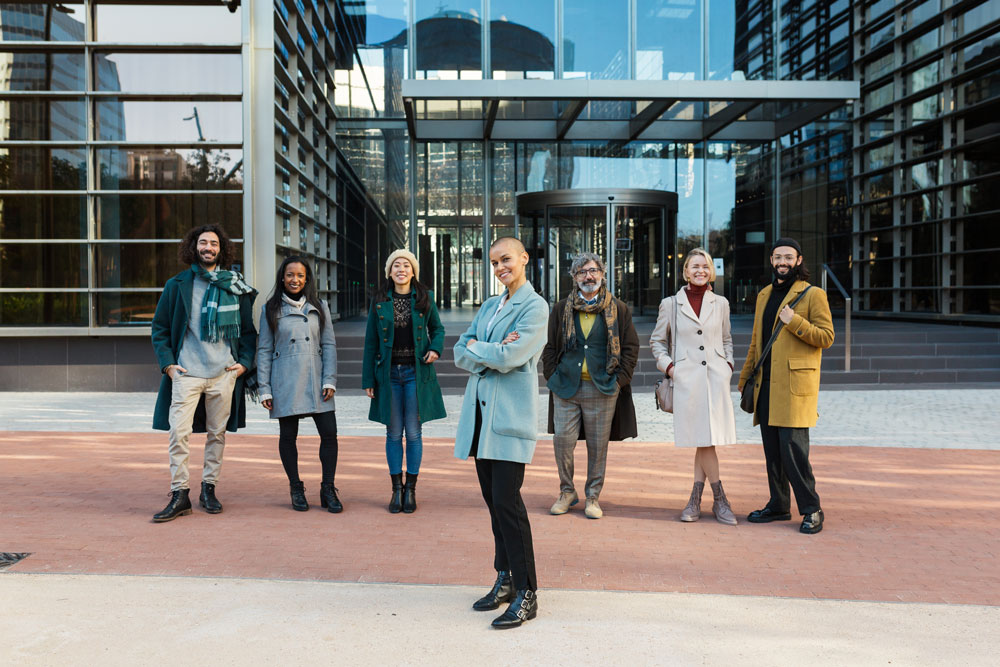What is the International Code Council?
The International Code Council (ICC) is a nonprofit that makes the International Building Code (IBC). It also makes the International Residential Code (IRC) and other codes. These codes are like rulebooks for building safely.
Most places in America use the IBC as their basic building safety rules. The ICC started in 1994 when three separate groups joined. These groups were the BOCA, SBCCI, and ICBO. They came together to help make buildings safer for everyone.
The ICC works to give its members the tools they need for building safety. It often updates its rules to match new building practices.

Key Takeaways
- The International Code Council is a non-profit organization that develops and publishes model building codes and standards used in the design, build, and compliance process.
- The ICC’s model codes, known as the “I-Codes”, include the International Building Code (IBC), International Residential Code (IRC), and others.
- The IBC addresses both health and safety concerns for buildings based on prescriptive and performance-related requirements, covering areas like fire prevention, access for the disabled, and structural stability.
- The ICC updates these model codes every three years to keep up with the latest advancements in building materials, design, and construction practices.
- The ICC’s standards play a vital role in ensuring the safety and sustainability of the built environment, with electrical engineering being a key focus area.
Understanding the International Code Council
The International Code Council is a non-profit group. They prepare and share model building codes for safe, green, affordable, and strong buildings. These model codes, or “I-Codes”, include the
International Building Code (IBC)
The International Building Code (IBC) is the cornerstone of the International Code Council’s (ICC) suite of model codes. This comprehensive document establishes minimum safety and design regulations for all types of buildings and structures. From structural integrity to fire safety and accessibility, the IBC plays a vital role in ensuring public health, safety, and welfare in built environments.
International Residential Code (IRC)
International Fire Code (IFC), International Plumbing Code (IPC), and more. A group makes these codes together. Then, local and state areas in the U.S. accept and may change these codes.
The IBC takes care of health and safety features for buildings. It uses set and performance rules. The rules are about fire safety, access for people with disabilities, and making sure buildings stand strong. The IRC focuses on small homes, like those for one or two families. The ICC updates the codes every three years. This is to include the newest findings in electrical engineering, circuits, electronics, and more.
| Key Facts about the International Code Council |
| More than 360 Chapters in the U.S. and globally support the International Code Council. |
| All 50 states and the District of Columbia follow the I-Codes at their own level. |
| Outside the U.S., the I-Codes help make different international building codes. For example, the Abu Dhabi International Building Codes and Mexico Residential Building Code. |
| The International Code Council educates thousands of professionals on building safety every year through its programs. |
Electrical Engineering and the ICC
Electrical engineering plays a huge role in making buildings safe. It works under the rules set by the International Code Council (ICC). These rules ensure that electrical systems are safe for everyone.
In this area, the codes of the ICC use the National Electrical Code (NEC). The NEC lays down the rules for safe electrical work in buildings.
National Electrical Code (NEC)
The National Fire Protection Association (NFPA) creates the NEC. It’s then used across the country through the ICC’s rules. The NEC is very important for making sure electrical systems in buildings are safe and work well.
Electrical System Design
The ICC also looks at how electrical systems are designed. This includes power, lights, and controls. Their work ensures electrical systems are good for people and the planet. It also helps save energy.
Safety and Efficiency Standards
The ICC’s efforts are key for making buildings safe and green. Their strict rules help in creating secure and eco-friendly places. These standards help improve how electrical engineering is done, from circuits to renewable energy.
FAQ
What is the International Code Council?
The International Code Council (ICC) creates model building codes. These include the International Building Code and the International Residential Code. These codes are used all over the United States.
What is the mission of the International Code Council?
The ICC aims to provide the tools and resources for safe buildings. It wants to make sure the buildings we live in are safe and good for the environment.
How did the International Code Council come into existence?
In 1994, the ICC started when three groups merged. These were the BOCA, SBCCI, and ICBO. Together, they focus on making building safety better.
What are the “I-Codes” developed by the International Code Council?
The ICC’s main codes are the IBC, IRC, IFC, IPC, and more. These cover how buildings are built and maintained. Each one is reviewed and agreed upon by many experts.
How often are the ICC’s model codes updated?
The ICC updates the I-Codes every three years. This keeps the codes current with the newest ways of building. It also ensures buildings are as safe as possible.
How does electrical engineering relate to the International Code Council’s work?
Electricity in buildings follows the rules made by the ICC. These include how systems are designed and kept safe. The National Electrical Code is a key part of these rules.
What role do the ICC’s electrical safety and efficiency standards play?
The ICC has rules for how electrical systems must be set up. These rules help keep people safe and save energy. By following these standards, buildings can meet high safety and efficiency standards.